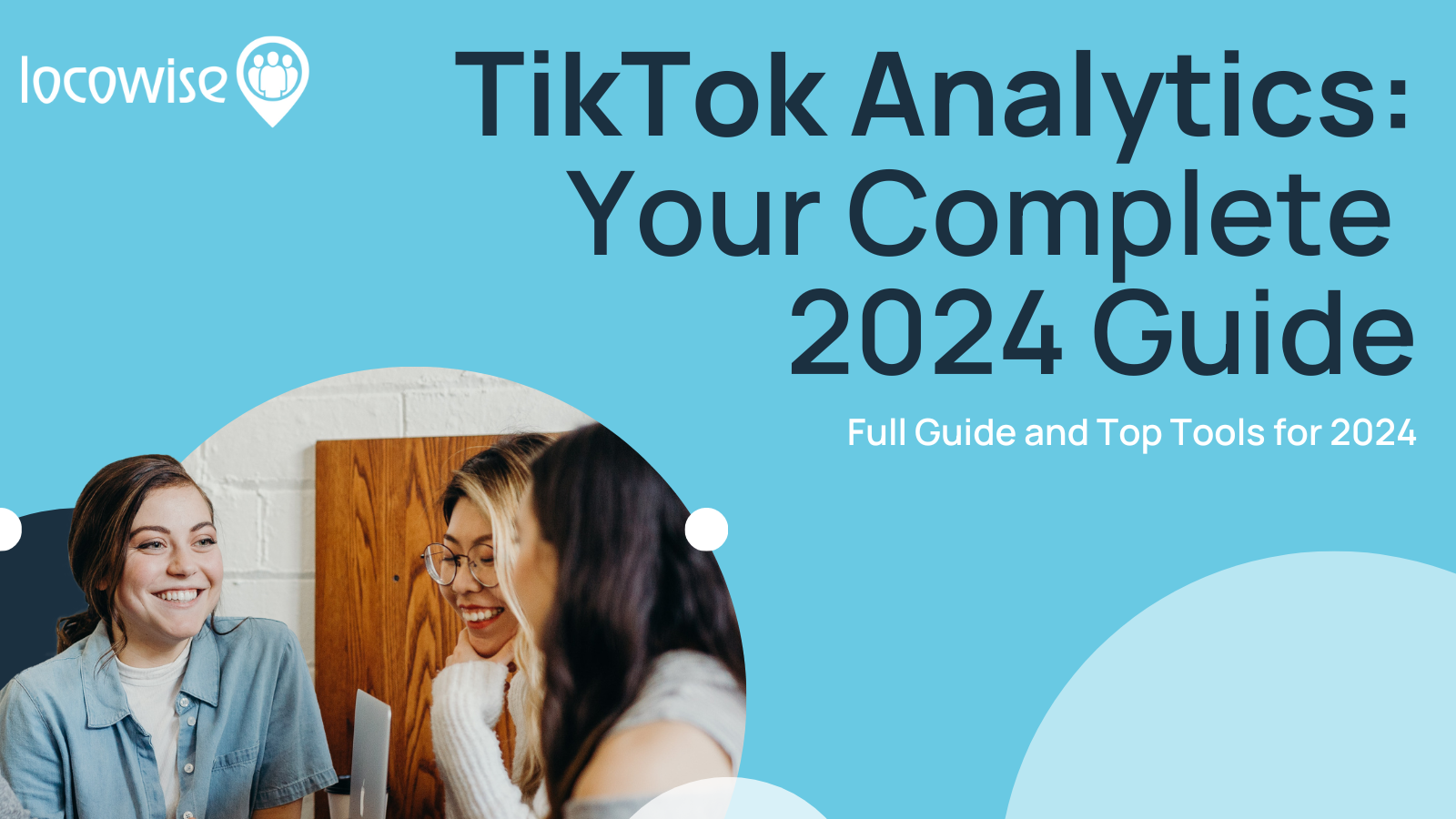What To Do If Your Client Is Floundering On Social Media
Sahail Ashraf posted on 18 November 2016
If you’re an agency and you have a client who needs a little help, or a reboot on their social media work, it can be easy to feel overwhelmed. But it is at precisely this stage that you need to show professionalism and expertise.
This is especially true if the client is really suffering online and doesn’t know what to do next. In this situation, you need to be able to take charge and look at some of the key performance indicators (KPIs) that help you understand what is going well, and what needs improving.
Let’s be honest, the very first thing you are going to take a look at is traffic. If your client is in the unenviable position of simply not having any reach on their social media, much of everything else regarding KPIs is irrelevant.
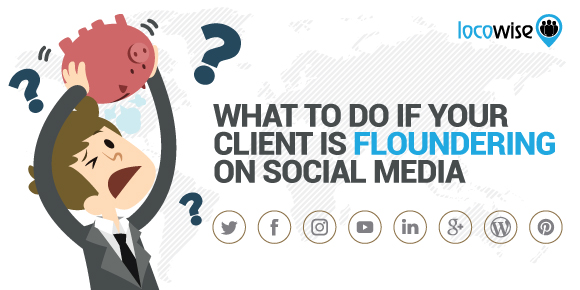
If people are not coming to see the content that the social media accounts are presenting, then nothing really matters other than traffic building strategies. Obviously, traffic in social media is not quite the same as it is for the old-fashioned websites.
Translated into social media speak, if there are no followers and fans, your first job is to work hard to make sure that the strategy provides for building up a solid audience. Reviewing your client’s social media to find that they have hardly anything like an audience will simply make your main mission clear. Find one.
Cost versus benefit: what is happening?
Cost versus benefit comes next. As part of your review, you will at some point be able to talk about the ROI of the social media efforts that the client has been making. This is all about the results. Is the client receiving an appropriate level of results from the work that is being put in? To be able to measure this you clearly need to know what that ‘work’ looks like. This involves carrying out an audit of the content that is being produced by the client.
While audits classically make most people want to go to sleep whenever they are mentioned, it is worth bearing in mind that with social media it is quite easy to get a grip on what is being produced. As part of your review, and prior to being able to tell the client whether what they are doing is bringing ROI, simply list out the ‘stuff’ that is being created.
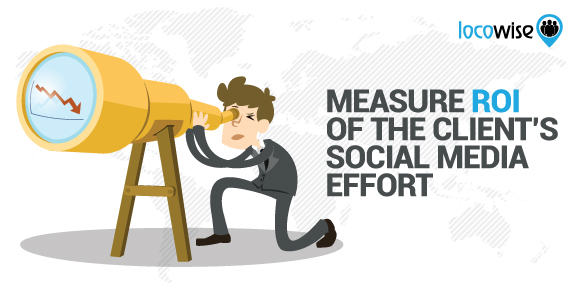
So is the client producing tweets, and if so how many? Is the client creating videos, ebooks, reports? Find out what is being made and at what level, because this knowledge is vital.
As you begin to put together any kind of recommendations for them, you will be able to measure the impact of future actions simply because you know what has gone before and the results this has brought. If the client has tweeted once a day for six months religiously with no engagement, at least you will know this, and be able to suggest twice a day from now on.
Benchmarking
We will get to engagement in a minute, but one of the quickest ways of working out how things are going for your client is benchmarking. Until recently, taking a look at how a competitor was doing on social media was difficult, and essentially involved something close to spying. You could do it, but you had to sneak around a little. This has all changed.
With decent metrics at your disposal, it is now much easier to quickly gain a full understanding of how you compare against a competitor. You can see how big their follower base is for example, and how people are responding to the content they produce.
Why is this important? Well, because they are the competition, they are obviously posing a threat to your brand. Knowing what they are doing and how it brings results means that you can emulate, adapt and improve upon their work.
It simply allows you to gain a quick snapshot of the performance of your client by comparing it with a competitor. Be warned, if things are going particularly slowly for your client, benchmarking will most likely throw up some uncomfortable insights.
But knowledge is power.
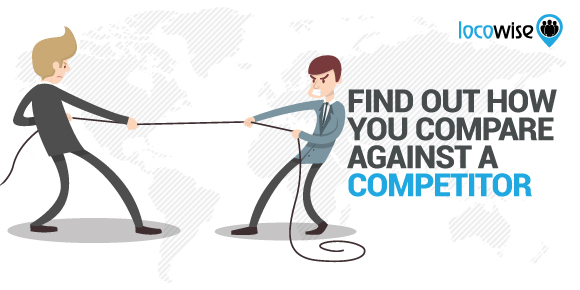
ROI and engagement
Back to ROI for a moment then. Linked to the ideas around audience earlier in this piece, a clear element of your review is being able to assess what kind of actions the audience is taking.
Every time an audience member (a follower) for example, clicks on a link that leads to a sale, real ROI is created. This is the basic measure of the quality and the effectiveness of the client’s social media. Are sales resulting from the work that is going on, and if so to what extent can these sales be increased?
Bottom line, if sales are not coming from social media, your client has to be okay with this. If the main aim is to use social media to build brand awareness, sales don’t matter. But the majority of clients will need to see the money coming in.
They are paying for an agency to manage and steer their social media, and no business wants to spend money without any kind of return. Take a look at this most basic of KPIs. If money is not coming from the social media work, then this is a major concern, simply due to the fact that you exist, and you are now a cost for that client. We don’t think a brand exists that will willingly pay for an agency to make them simply look good on Facebook, for example.
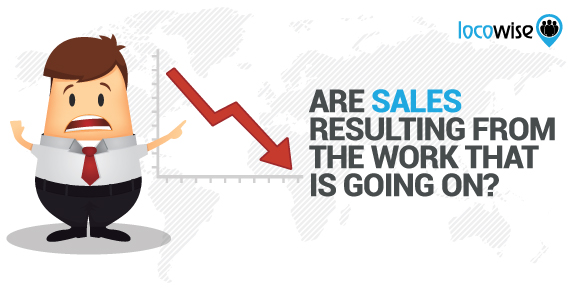
Need those metrics now? Don’t fret. Try a free, 14 day road test of Locowise. These metrics will help your client’s social sing.




